35mm film, or 135 film, was originally used for motion pictures when super 35mm (APS-C) celluloid was the standard for the industry and cameras were shooting 35 mm vertically at 24 frames per second. At this time, most photographers were using large (4×5) and medium (120) format cameras for stills photography.
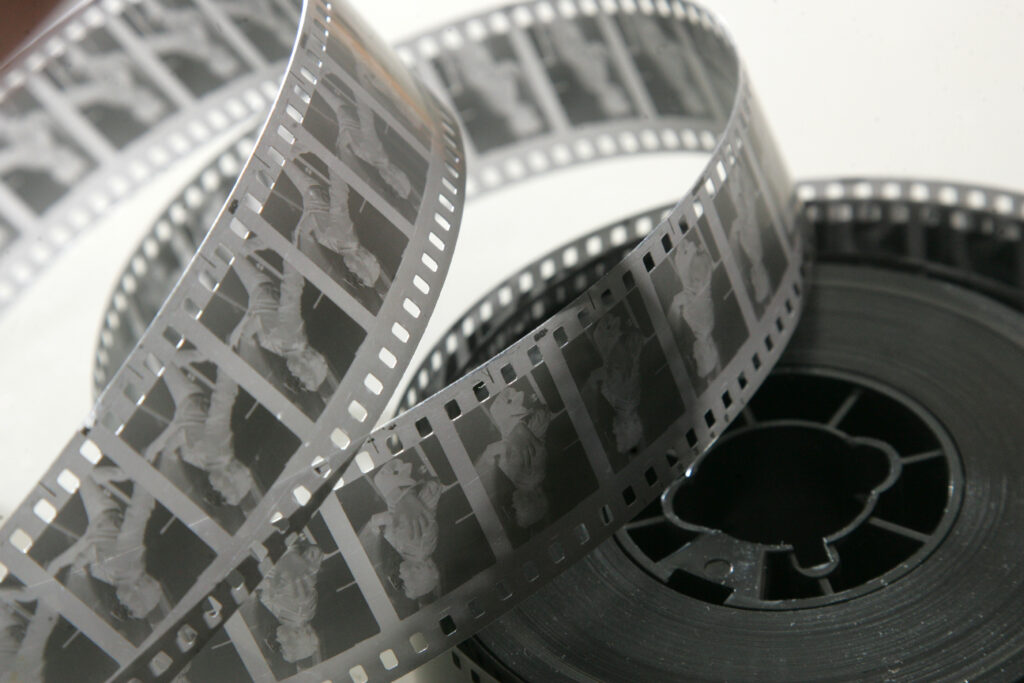
Later on, Ernst Leitz (founder of Leica) introduced a more convenient and smaller format using 35mm motion picture film, but this time horizontally with a 3:2 aspect ratio. The 35mm format for photography (also called full frame) was born and became the standard for photography.
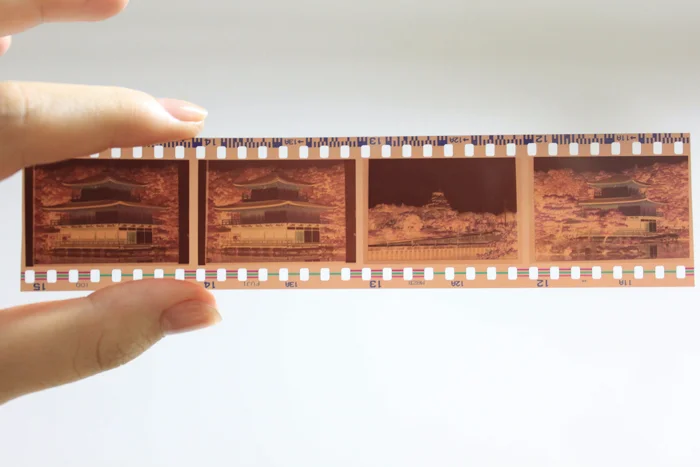
In this article, I will give my opinion on each of the films I will try over the next few months so you can get a pretty good idea of the results you can get with a lab here in Vietnam.
Note
Every roll has been developed and scanned by Nadar Photoclub or Lab 36 in Hanoi. These two labs are both using a Fuji Frontier SP-3000 for their 35mm film scans. Some cropping and color correction have been applied to the pictures with clean borders.
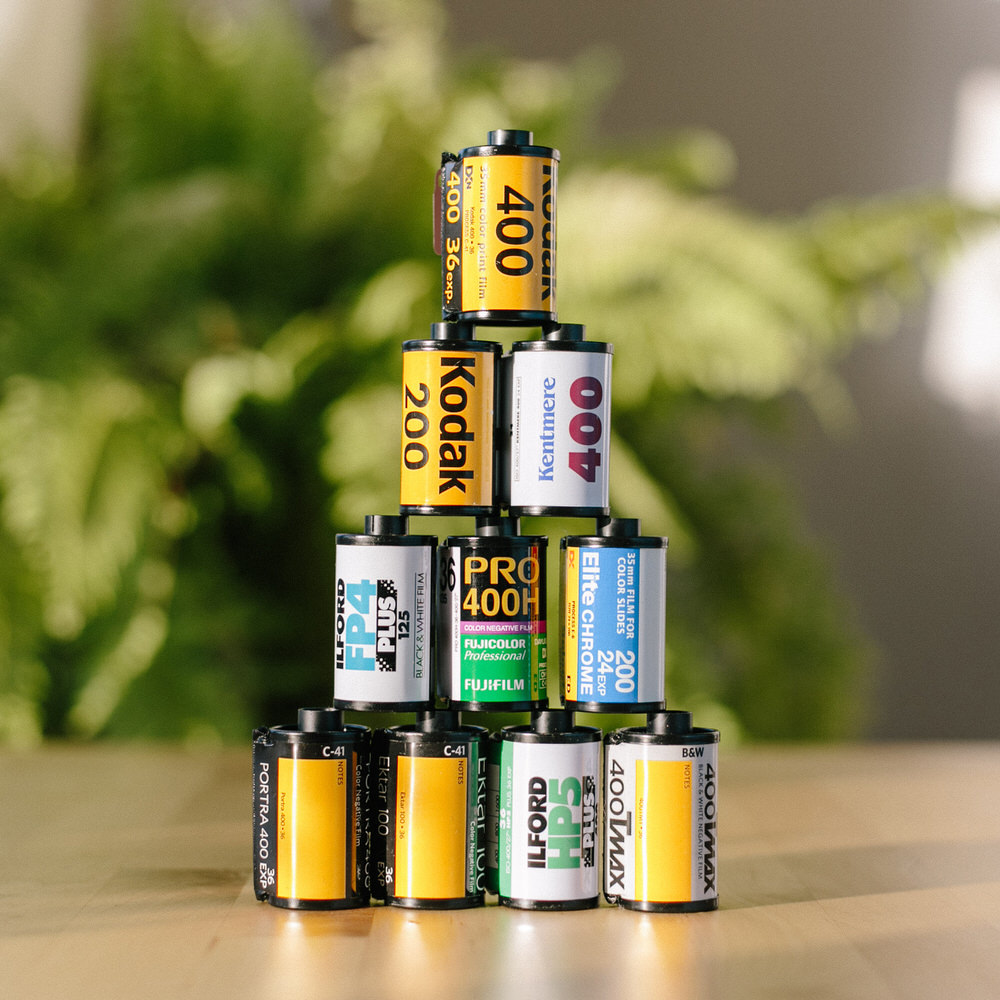
Color Films
Kodak Portra
Kodak Portra is one of, if not the most popular, color films, and for good reasons. It has a great latitude, a very fine grain, and beautiful colors. Its main feature is to have pleasing colors for skin tones and portraits. This film is not the most inexpensive, but it is, in my opinion, one of the safest choices in terms of rendering.
The colors look absolutely amazing, and these tones will never go out of style. This film can be used equally for landscape photography thanks to its latitude.
The most common speeds used are:
- ISO 160 for the finest grain and cleanest look
- ISO 400 for the most iconic film look
- ISO 800 for night photography
Rating: 10 out of 10
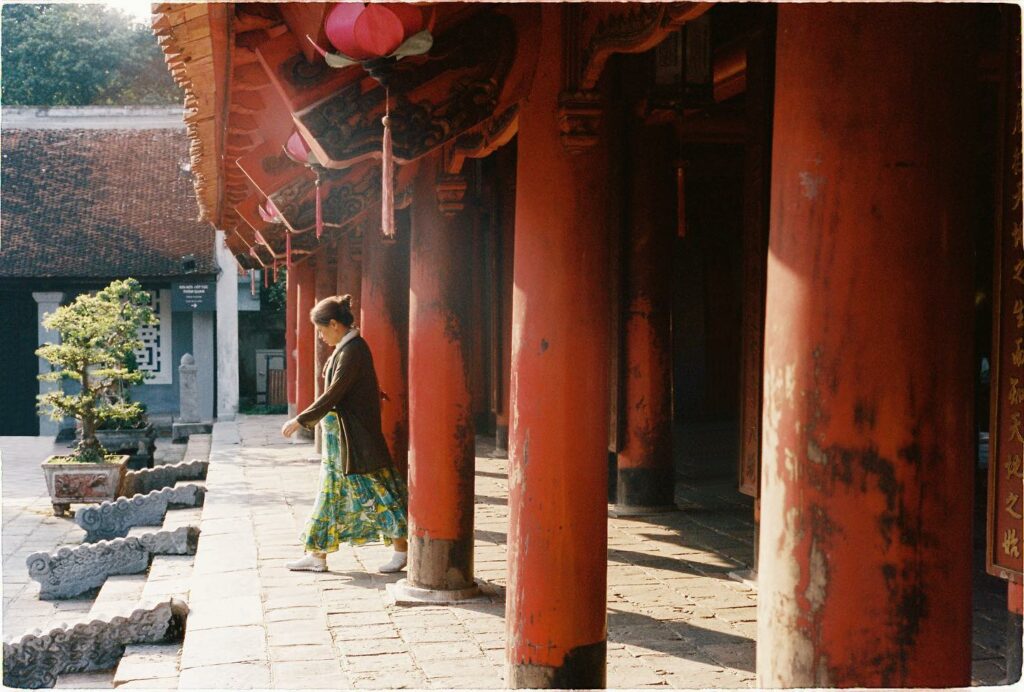
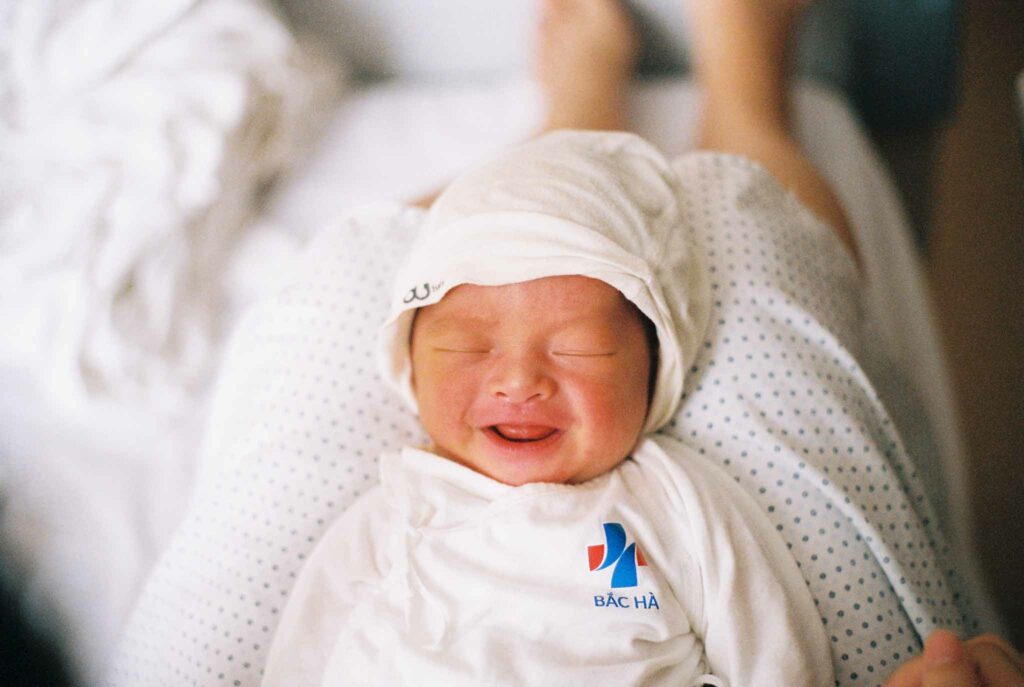
Kodak Color Plus
Kodak Color Plus is an affordable film with sharp grain, muted colors, a classic aesthetic, and an overall vintage look. It was first introduced as Kodak Color II in 1972. The skin tones are a bit on the pale yellow side, in my opinion, which can be a good or bad thing depending on your taste.
I think the appeal of this film is the vintage tonality of the colors. If you are looking for a film that has this late 1980s, early 1990s look, this film will do the job.
Rating: 7 out of 10

Kodak Gold
Kodak Gold is a relatively affordable film with extremely warm tones, as its name suggests. This film has a lot of saturation, especially in the yellows. This film creates a certain sun-warmth look to skin tones, so much so that all your pictures will have this late afternoon look to them. This film is especially good for places with tons of sunlight, which will be translated into warmth.
On an overcast day, Kodak Gold can produce some beautiful yellow skin tones. If like me, you are into these yellow and green colors, this film will bring satisfaction to your eyes.
Rating : 8 out of 10

Kodak Vision 3
Kodak Vision 3 is a motion picture film that is manually cut and put into 35mm canisters. This film is neutral, perfect for a natural representation. As a motion picture film, it has an anti-halation coating to protect it from the operations of high-speed motion picture cameras. Unfortunately, because of this coating, the development cost is higher since the chemical can only be used once.
Kodak Vision 3 has multiple speeds and white balance options:
- 50D for the cleanest possible image in daylight, the film is a bit contrasty for my taste.
- 250D for better practicality in daylight, this film is my favorite.
- 500T for tungsten white balance
Rating: 9 out of 10
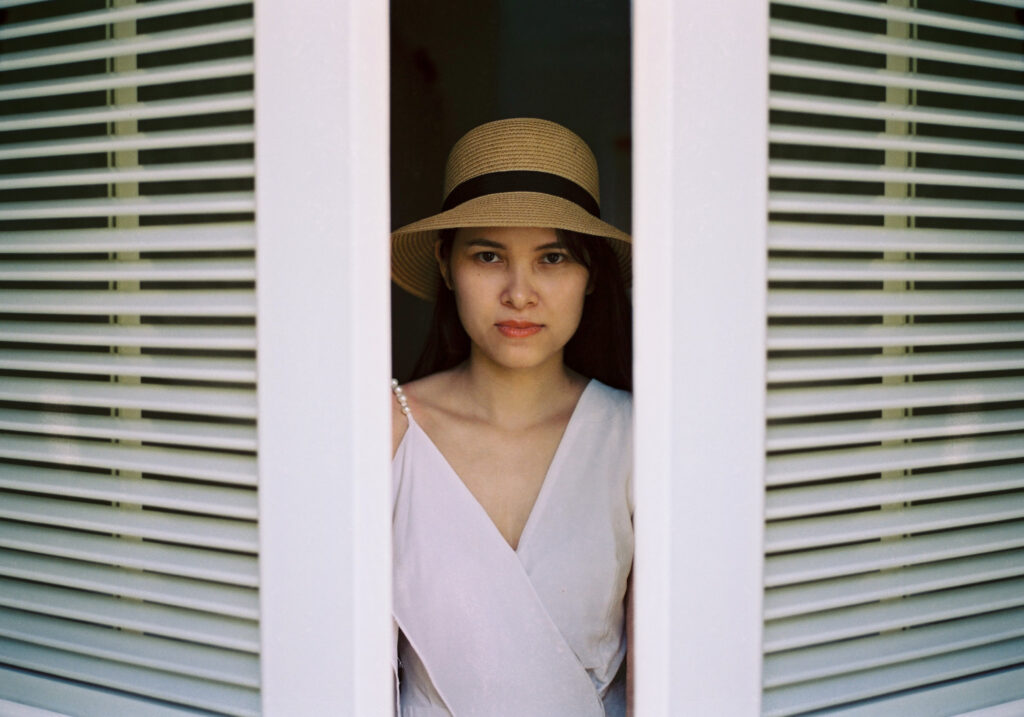

Fuji Color
Fuji Color is a film made by Fujifilm. It is an affordable film with the Fuji look, meaning it has cooler tones than Kodak and the greens are more present, which gives it a cleaner and modern look, almost like digital sometimes. It is decent but not as good as the Fuji Pro 400H, in my opinion.
This film is fairly popular in the East for its beautiful colors on Asian skin tones, its character, and its price point. Beware that some of the rolls can have 24 exposures instead of 36.
Rating: 7 out of 10
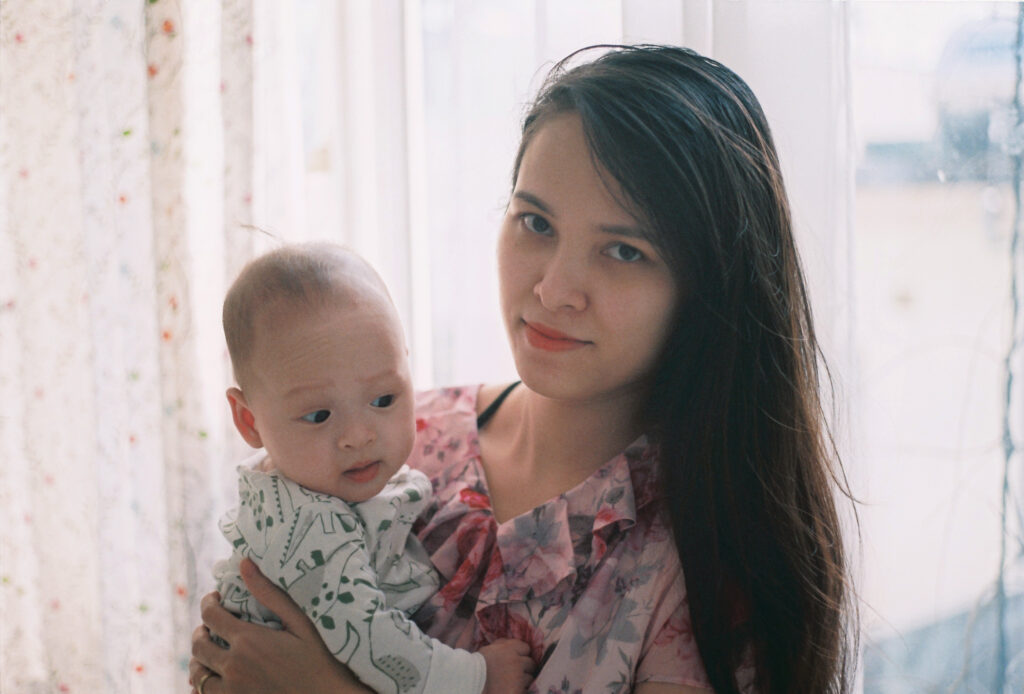
Black & White Films
Ilford HP5+
Ilford HP5+ is a relatively new film. It is, to me, the best-looking black-and-white film on the market right now, with the right amount of contrast and details. The pictures coming from it look flawless.
Rating: 10 out of 10
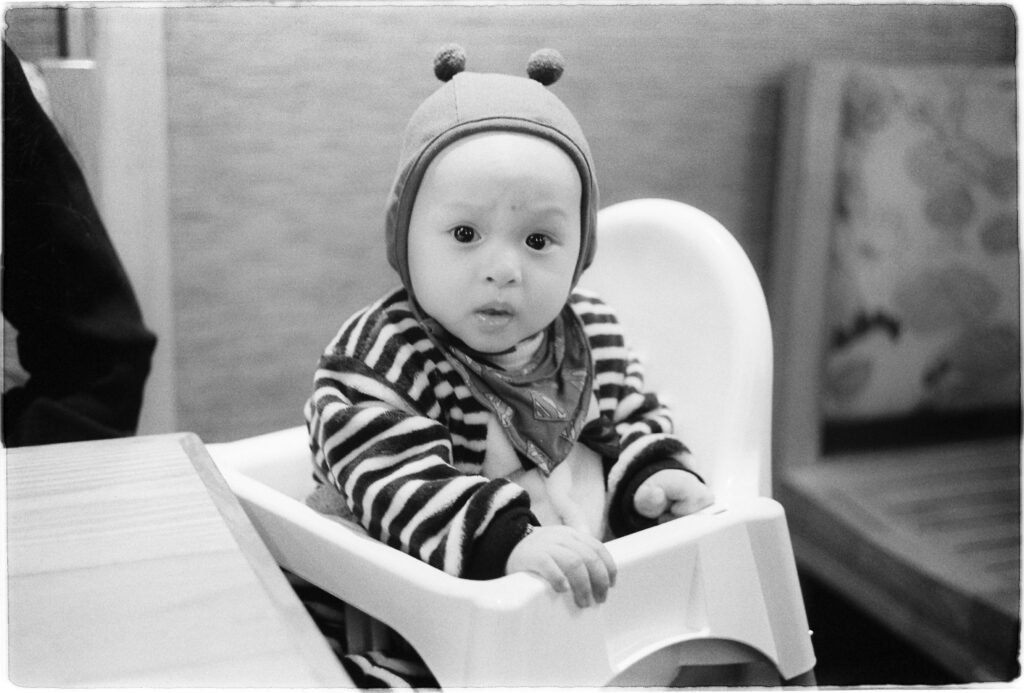
Kodak Tri-X
Kodak Tri-X is a famous film used by many classic street photographers, such as Henri Cartier-Bresson. It is a very contrasted film with good latitude. It has this classic look from old black-and-white archive pictures. It is a bit too contrasty and grainy for my taste. But with this roll, people will be reminiscing about classic black-and-white pictures.
Rating: 8 out of 10
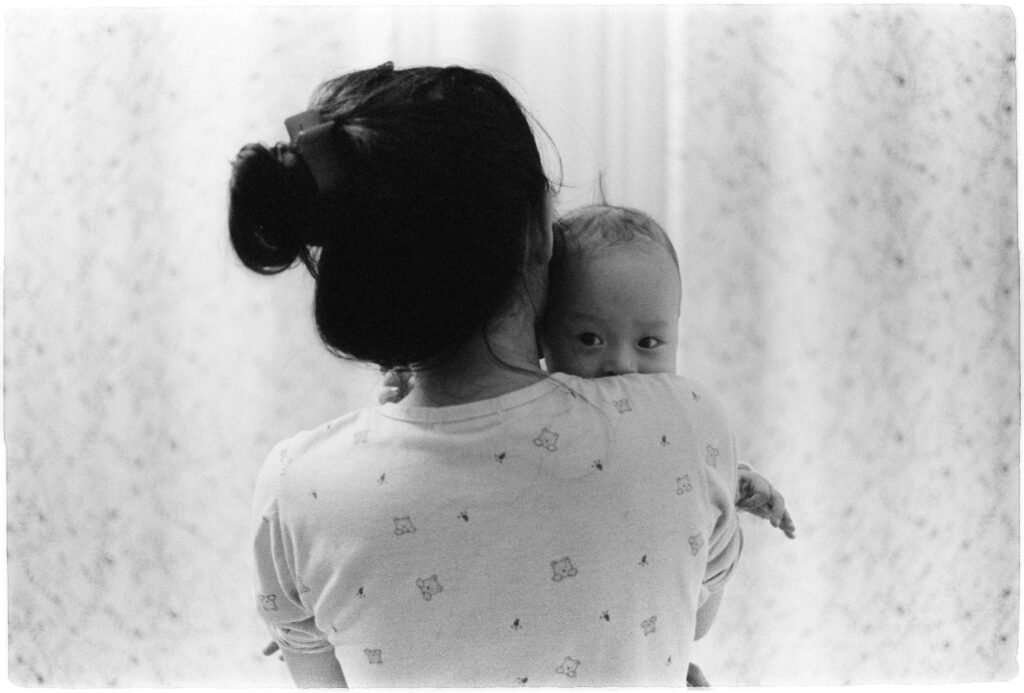
Kodak Color Plus 200 (updated)
Kodak Color Plus 200 is an economical color negative film known for its fine grain and balanced contrast. It produces warm tones with natural color reproduction, making it a versatile choice for various subjects. Ideal for beginners, it’s a budget-friendly option for daylight photography.
It maintains that classic Kodak feel, delivering a pleasing low contrast that evokes the charm of traditional film photography. This 35mm film is widely available and can be found at a very affordable price, such as on Amazon. Overall, it’s an excellent value for the cost. I could easily become your daily driver.
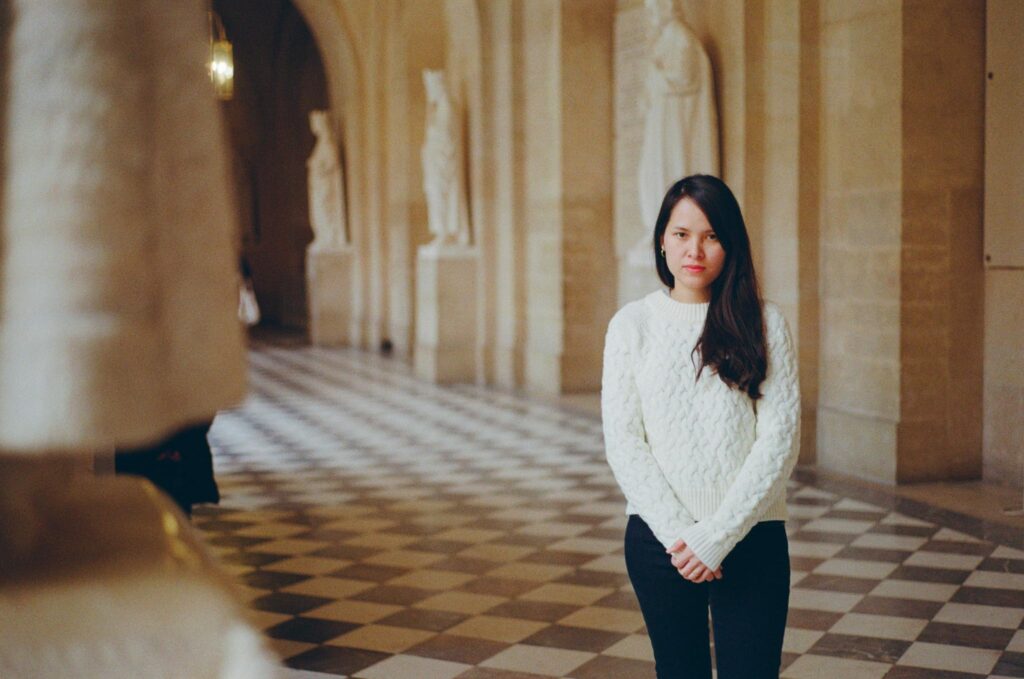

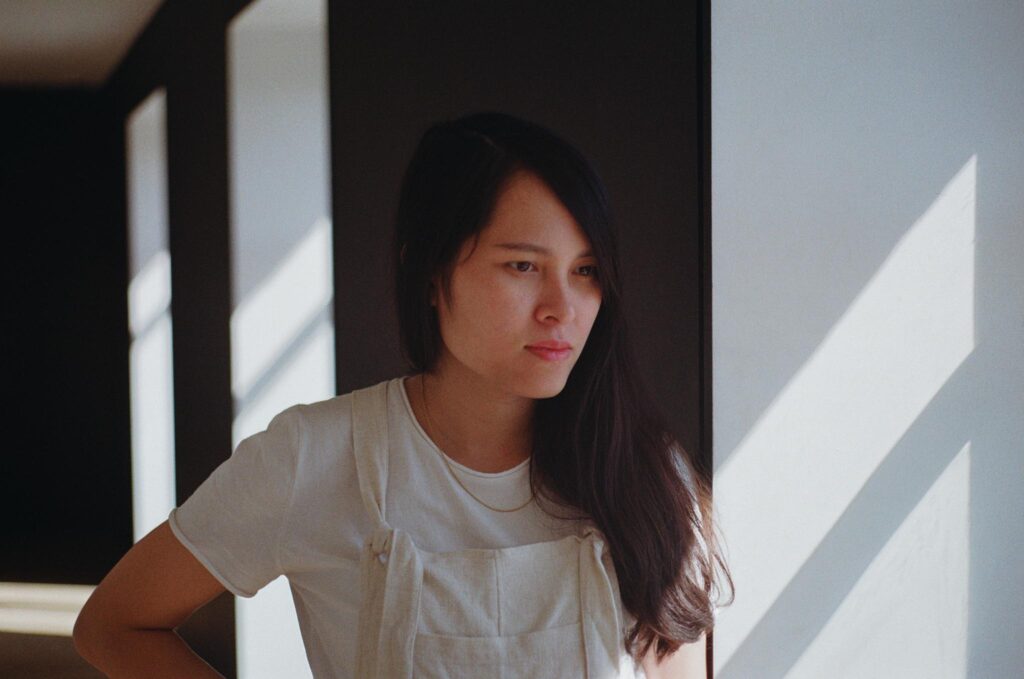
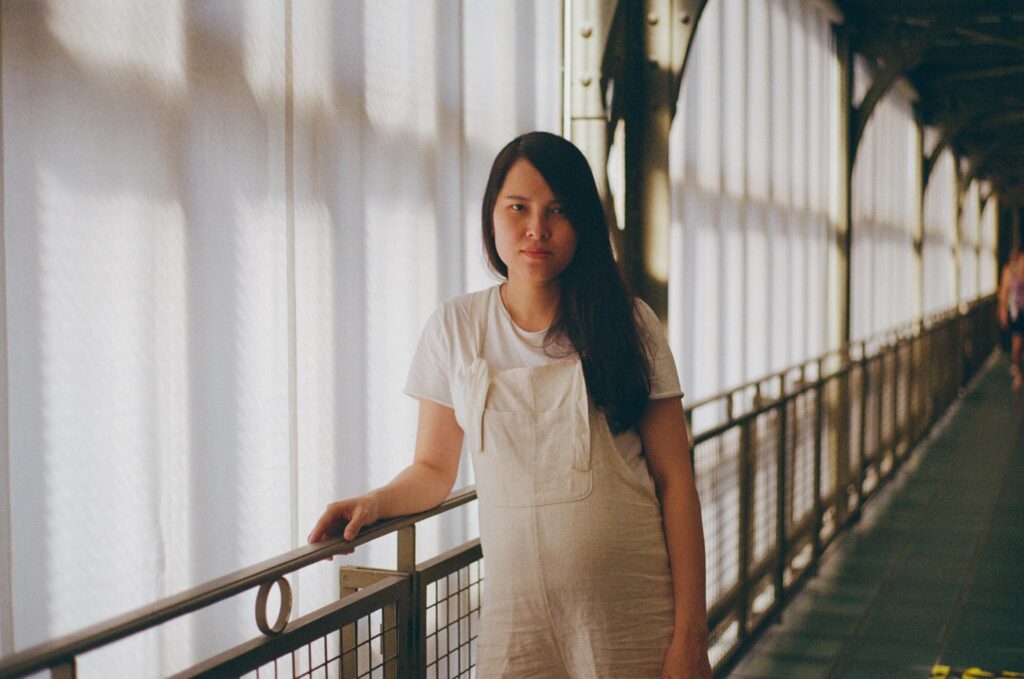
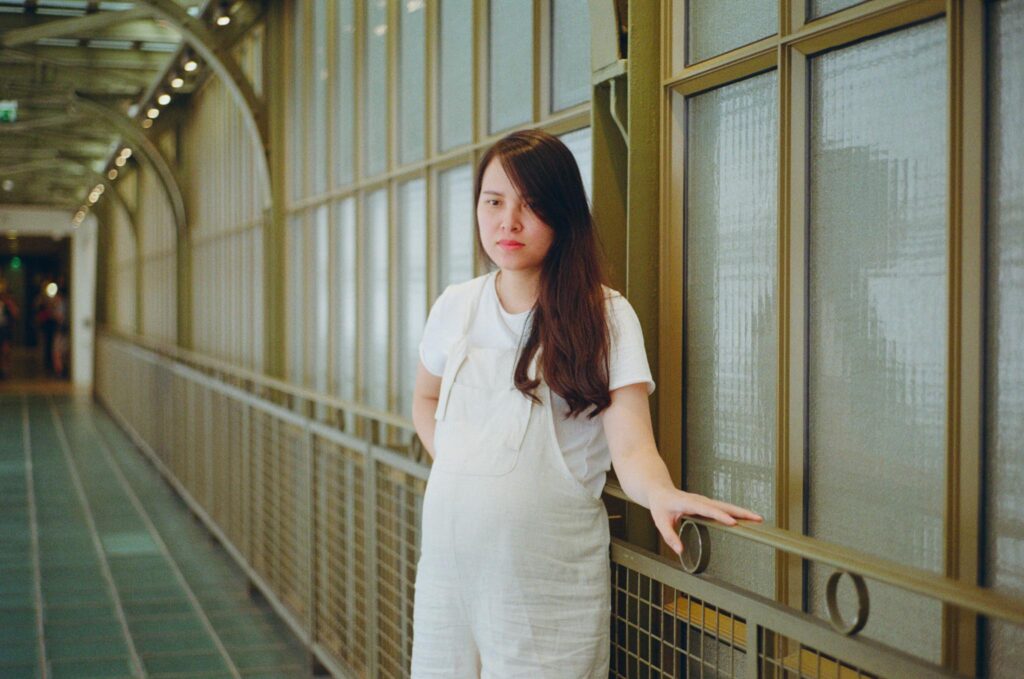
Rating: 8.8 out of 10
Important notes
The type of file you receive is just as important as the scanner used. TIFF files are far superior to JPG for editing purposes. Additionally, beginning with minimal corrections and a flat picture profile can make a significant difference.
Ultimately, the technician scanning your film controls key factors like exposure and curves. This is why paying a higher price, like 28 euros in Paris, France, resulted in much better outcomes for us when using the Noritsu HS-1800 scanner.
Informations
Photography services : https://www.neonnight.fr/en/still-photography


GIPHY App Key not set. Please check settings